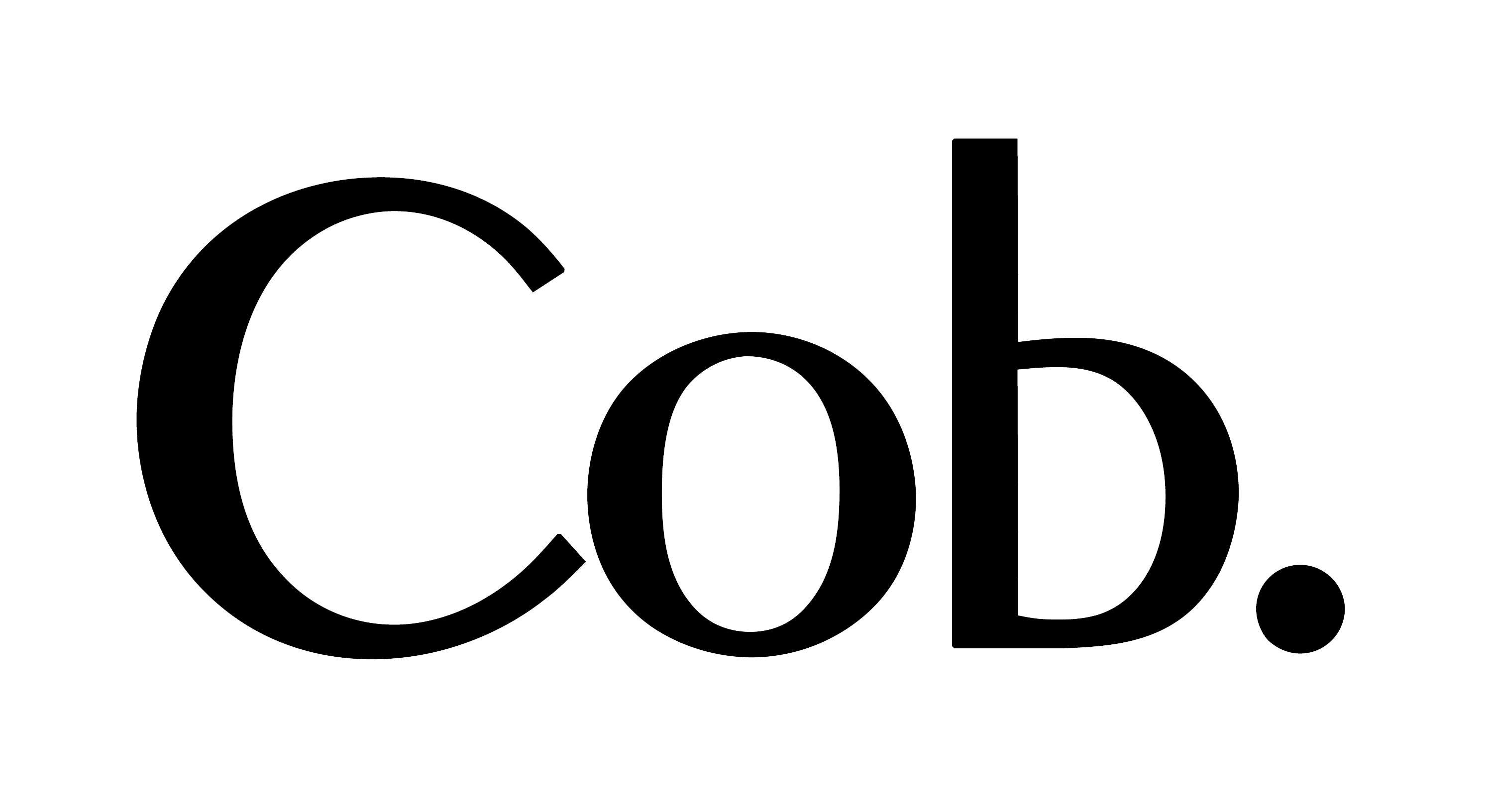De Anima is a duo exhibition of new photography and drawing from Casper Sejersen and Nina Fowler released as a digital exhibition to be experienced via www.de-anima.co.uk
Sejersen is known for his distinctive, unsettling still-life and portrait photography, whereas Fowler is known for a sumptuous drawing practice which interrogates themes of celebrity, power and sexuality through the lens of cinema. De Anima documents an intimate dialogue between the two artists- revealed as an evolving, metamorphosis of ideas as well as a distinct crossover of themes. The audience is invited on a journey through the artists communication stream that charts email correspondence, works in progress, moving image and new drawing and photography. The process of De Anima began during the global lockdown with Sejersen and Fowler exchanging a box of objects, secrets and archive material with one another. Fowler and Sejersen then created an original work each in response to the contents. A further two iterations from each artist were exchanged, with each artwork responding to the last. Both Fowler and Sejersen carefully construct aesthetic worlds that, whilst, superficially allude to beauty and glamour are distilled with the quietly unsettling. Often these images are underpinned by uncomfortable notions of voyeurism, tragedy, secrecy, and human pain. Presented in this way De Anima speaks of the potency and importance of digital, creative exchange in 2020 - transcending borders and the physical exhibition space to reveal surprising correlations between two seemingly different artists.
*****
Cob is proud to present ‘De Anima’, a digital exhibition of work by Nina Mae Fowler and Casper Sejersen. Documenting a series of exchanges between Fowler and Sejersen across the vicissitudes of 2020, ‘De Anima’ forms a shared journal of the pandemic year. In cyberspace, on paper and in cardboard boxes, it traces an illuminating and unexpected interchange of positions and dispositions, with each artist reflecting on their own and the other’s work and feeding the insights back into their practice in an ongoing chain of developing interactions. The exhibition’s title references Aristotle’s treatise of circa 350 BC, which explores the hierarchical structures and drives of the soul across all living organisms. In the second book of this treatise, Aristotle argues that the simplest form of perception is an animal ability to feel pleasure and pain – the two sensations that form the preconditions for the experience of desire. Though Fowler’s and Sejersen’s practices in drawing and photography are outwardly very different, ‘De Anima’ brings their meditations on these Aristotelian motifs into close orbit with one another. The vexations of love and loss, power and performance, secrecy and openness emerge and intertwine in symbiosis with renewed clarity, at points enchanting and at others almost overwhelming. The result is a sustained interrogation of each artist’s approach to the alternating tenderness and violence of looking and being looked at, following Charles Baudelaire’s maxim that the best criticism of a work of art is another work of art.
One thing that becomes clear throughout the exchange is the way that Fowler and Sejersen each revel in material finesse. Meticulous approaches to craft and scrupulous attention to detail emerge as common strands through which their mutual confrontation with counterpoints like desire and repulsion, passion and intellection, control and chaos are shaped and channelled. An antidote to the profusion of cheap imagery in our internet age, their work nevertheless takes this imagery seriously as the building blocks of our common dream-world – and it is out of this clash that the vitality of the work shines through.
In this respect, it is apt that the exhibition recalls the Surrealists’ game of the ‘exquisite corpse’ not only in its formal structure, but also in its vision of reality as underscored by submerged energies, of the waking world as saturated by dream. Bodies teeter on the edge of self-destruction, driven by forces only partly clear to the conscious mind. Fulfilment ever threatens to lapse into implosive excess; madness loiters at the door.
The rolling metamorphosis of ideas to which ‘De Anima’ bears witness, a process of accretion and evolution, echo and exchange, offers a singular example of the pent-up energies of lockdown being redirected to productive ends. The intensities of contemplation and confrontation with the self, the sense of profound distance from those close to us and the countervailing immediacy of the far away – all of these phenomena are crystallised by Sejersen and Fowler into something unusual and enriching, forming a lasting account of an experience which has shaped us all.


